Pulse towards better health #iyp2016 #NutritionMonth
The following is part II of our Nutrition Month series. Part I was on How to Tell if You May be an Emotional Eater
By: Constantina Totosegis, BSc, RD, Special Contributor to CanadianMomEh.com
The Food and Agriculture Organization (FAO) of the United Nations announced 2016 as the International Year of Pulses #iyp2016, so it is no wonder that this small but highly nutritious food is in the spotlight. In fact, with pulses present in so many well-known dishes such as Mexican chili, Lebanese falafel, North American baked beans, Moroccan tajines, Pakistani daal, and Middle-eastern hummus, one may even go as far as to name it the international staple food.
Pulses are a subgroup of the legume family and consist of dried seeds found within the pods of these plants. Dry peas, lentils, chickpeas and beans make up most of the colorful variety of pulses available for cooking (and baking!). Sometimes referred to as an ancient superfood, the “agricultural production of beans, chickpeas and lentils dates back to 7000-8000 BC”, states the FAO. Besides that, I’m most amazed by the various nourishing nutrients packed in pulses! They are a great source of low-fat plant protein, low glycemic carbohydrates and dietary fibre, which help keep you satisfied longer after a meal, maintain a healthy blood sugar and optimize your gut health, respectively. One cooked cup is made up of 23% protein and almost 50% of your daily recommended intake for fiber. They are rich in minerals especially iron, zinc, phosphorous and vitamins like folate and niacin.

They also offer cardiovascular health benefits and have been shown to reduce LDL-cholesterol, more commonly known as “bad cholesterol”. For individuals with celiac disease, they have the added benefit of being gluten-free, which can be a nourishing addition to recipes. By now, you should be curious enough to add pulses to your meals but if I haven’t convinced you yet, there is more to them.
Wholesomeness meets versatility
Not only are pulses a nutrient-dense food, packed with healthy nutrients for little calories, they also come in different shapes and colors which makes it easy to integrate them into recipes for meals as well as desserts.
- Think of split peas and brown lentils in hearty soups and stews or maybe black beans or kidney beans in your favorite burrito or tomato sauce.
- Why not add yellow or green peas to whole grain pasta or mixed greens to complete your meal with protein and more fiber.
- Red split lentils absorb more water when cooked so they are most suitable for curries, smoothies or homemade baked goods.
- Use a food processor to make a paste out of black beans or chickpeas and enjoy it as a dip with vegetables or a spread for sandwiches; a healthy and creamy alternative to high-fat mayonnaise.
- Certain pulses also come in flour form, think of gram flour, which can be incorporated into sweet desserts or homemade naan breads for salty food lovers.
Strikingly, their versatility is also complemented by their long shelf life and affordability. While dried pulses may be stored indefinitely and are slightly more economical than canned ones, they both consist of a low-cost food to add to your grocery list. Taking the time to cook pulses in water (or low sodium vegetable stock for added flavor!) is not always convenient. Therefore, when choosing canned pulses make sure to select those with low or no added salt and rinse them thoroughly with water before consuming them. Actually, soaking dried pulses or rinsing canned ones can also improve the digestion of pulses, which are sometimes avoided given their fetid reputation.

If you’re not much of a cook, don’t fret, food companies have picked up on the healthy trend and have included this superfood in our favorite snacks. My newly found obsession in health food stores are chips made with black beans, lentils or chickpeas. Make sure to check nutrition labels for saturated fat content less than 5% and sodium content less than 200 mg per serving. Trust me they exist! Offer them during taco nights with salsa, or as a healthy and satisfying snack with hummus or a Greek yogurt-based dip. More protein and fiber in every crunch, guaranteed!
Healthy for you and the environment
For the eco-conscious ones out there, pulses also have a low carbon footprint, meaning they indirectly contribute to lowering greenhouse gas emissions given their natural nitrogen-fixing properties. In addition, their harvest’s water and non-renewable energy efficiency compared to other protein sources and crops, contribute to their sustainability. Moreover, pulses can become a star ingredient in your meals on Meatless Mondays, an international campaign to reduce your weekly intake of red meat and saturated fat. Ultimately, they would also be contributing to lowering your diet’s ecological footprint.
While providing a myriad of benefits from great nutrition to versatile recipes and being available at low cost and with high agricultural sustainability, I hope to have enticed you enough to visit the pulses’ aisle on your next grocery visit or perhaps, inspired you to reach into your kitchen pantry and finally use that old bag of pulses. Also, as Canadians, we should be proud of our country being amongst one of the largest producers of pulses, and as demand increases worldwide, it will surely provide leverage to the already impressive $2.7 billion pulse industry (Pulse Canada, 2011). Finally, in the midst of Nutrition Month, take the opportunity to improve your health and make small changes, one meal at a time, all while including healthful pulses in your meal plan.

Constantina Totosegis is a nutrition ambassador promoting healthy eating habits with delicious food. Her passion stems from sharing her nutrition knowledge to empower others in improving their health through nourishing meals. With her Mediterranean background inspiring her to cook with fresh ingredients and her expertise in nutrition encouraging wholesome foods, she loves to bring color, flavor and wellness to the table.
She is a registered dietitian with the Ordre professionnel des diététistes du Québec (OPDQ) and holds bachelor degrees in physiology as well as dietetics and human nutrition from McGill University.

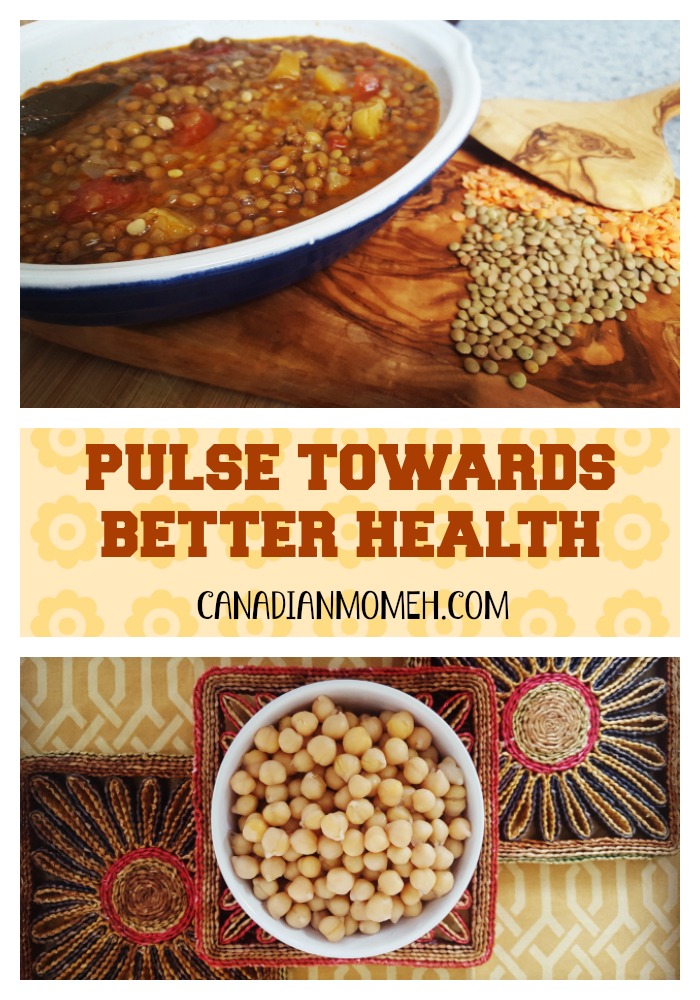
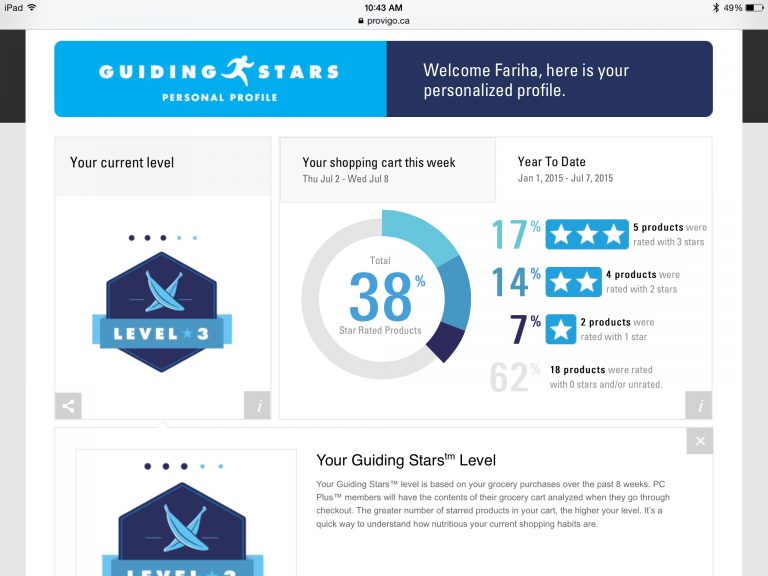
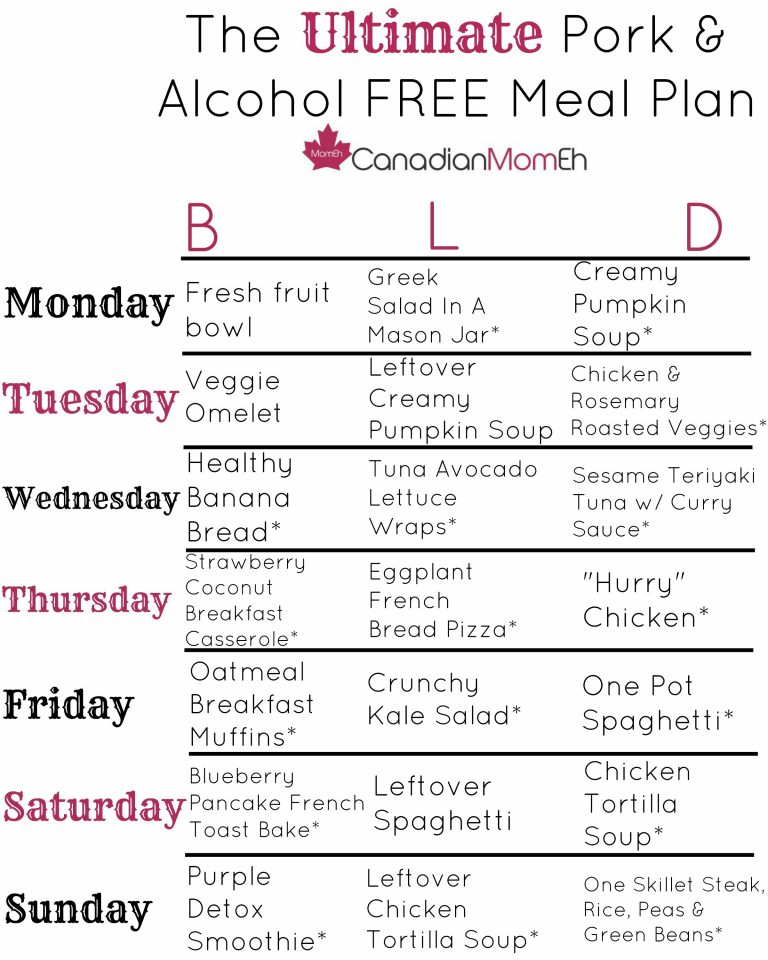

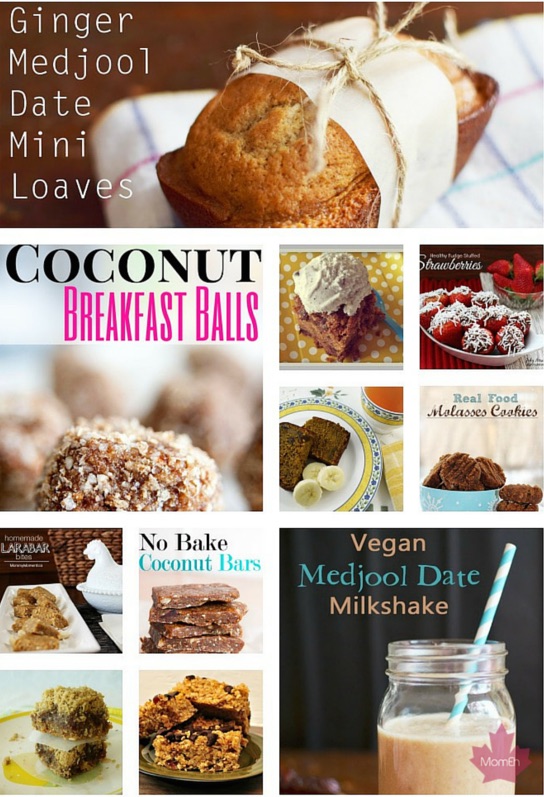
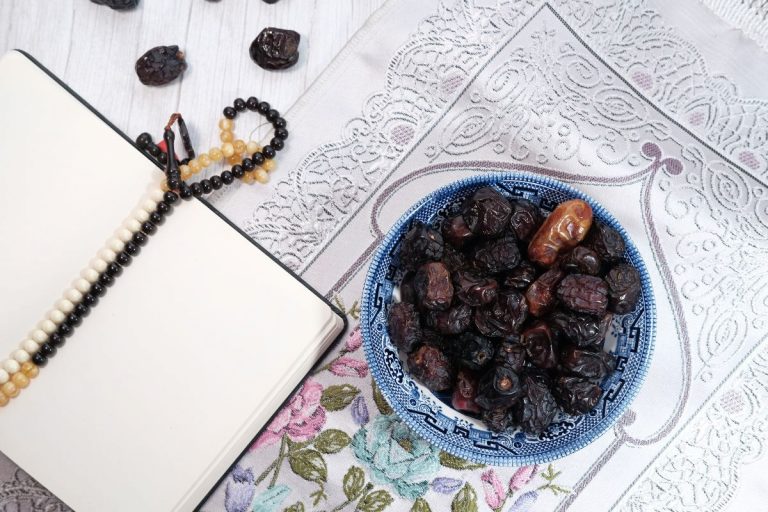
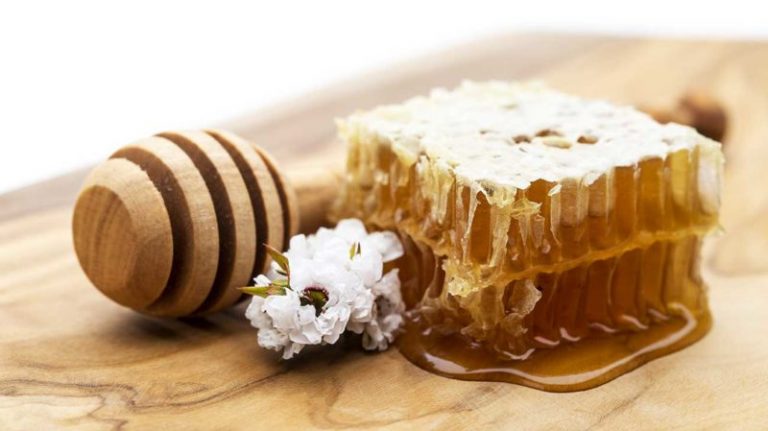
Woo hoo – Pulses are the BEST, healthy and delicious!
I did not know that chickpeas were considered pulses! I have never heard them referred to pulses. I love the fact that pulses are gluten free, it gives me something safe to give my son who follows a gluten free diet due to a wheat allergy. Thank you for sharing this info!
I didn’t know that chickpeas were considered or called pulses. I learned a lot of new things from this post. I am gluten-free so I love that this is naturally gluten-free and I can eat it. YUMMO
I’ll be honest, I didn’t know what pulses were and I didn’t know chickpeas were considered pulses. Sounds quite interesting and like some great information to know. I love learning things everyday.
I had no idea that Chickpeas were considered pulses. Great information. I love learning about ways to lead a healthier lifestyle.
Well, I learned something new today! I didn’t know that legumes were called pulses. I love cooking with pulses because they are nutrient rich and delicious. I’ve had difficulty getting my children to eat pulses, but I do have luck when I puree chickpeas and add it to various dishes. My husband and I are fans of International cuisine that have pulses.
I didn’t know that it is International Year of Pulses. This is a great way to increase the awareness of people about the health benefits of pulses. Thankfully, I’m already cooking food with pulses as one of the ingredients.
Thank you for these great tips. I don’t eat meat anymore and I am always looking for ways to add protein. This year is going to be my year for optimal health!
What an interesting and informative article! I’ve tried a few of these things before but I’ve never heard of them referred to as pulses. Chickpeas are probably my favorite and I love that they taste good and are healthy. I’ll have to try to work with pulses more often for sure.
Wow never knew about this super food! I’ve been on a health kick as of late so this is def info I welcome.
I don’t know much about chickpeas, other than the fact that I have a bag here at the house that I don’t know what to do with. I am trying to eat healthier, so this will help me out.
I never knew this food existed. Definitely had no idea about the International Year of Pulses. Thank you for helping people to discover superfoods and benefit their health!